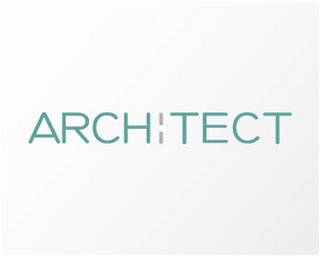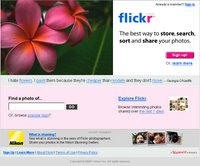As of this post, this is the current state of the Architect Headquarters:

(click to view screenshot)In contrast, here are the homes of some of the competition:
The HTML Generators...



And the Open CMS's...



Without even enlarging, we can tell that there are two distinct styles in use here: Web 2.0/Trendy/Sleek and Web 0.7/Deprecated/Crap. Why are the generators so bad? Well, the ability to produce HTML is pretty much useless without more advanced coding knowledge for style and behavior. These sites serve no modern purpose on their own (other than furthering my research).
The CMS sites are a part od a new wave of dev style that has just recently taken on the Web 2.0 style guide because they know anything else is unprofessional nowadays (don't believe me? Check out
Xerox and
IBM's new hip gradient touches).
I intend not to follow the Web 2.0 design parade, but there are some very usable and accesible parts to that movement.











